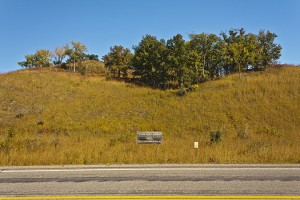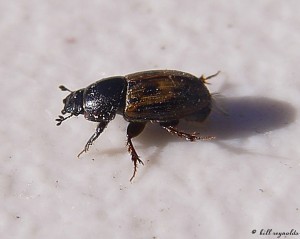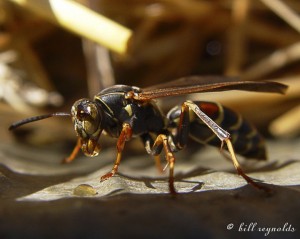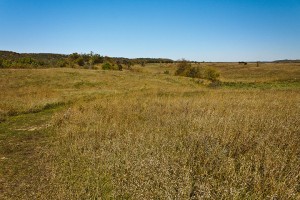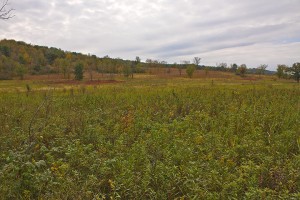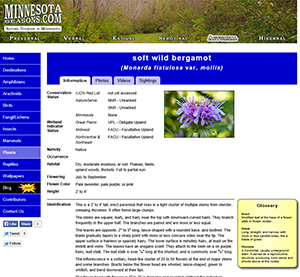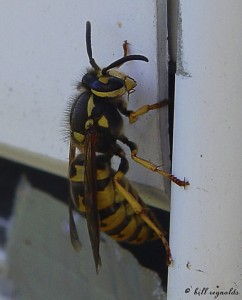Blanding’s turtle (Emydoidea blandingii) is a long-lived, medium-sized turtle. Its conservation status in Minnesota is threatened and it is listed as a species in greatest conservation need. Threats include habitat degradation and road mortality. It occurs mostly in the eastern half of the state but also in scattered locations in western Minnesota. It is seldom seen because it is the first turtle to submerge when disturbed and the last to emerge after being disturbed.
This species is identified by the smooth, high domed shell and by the bright yellow chin and throat.


